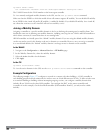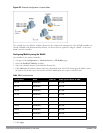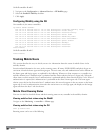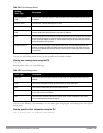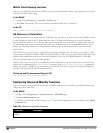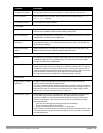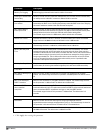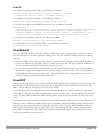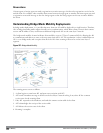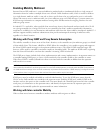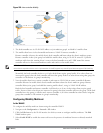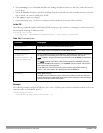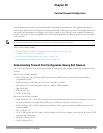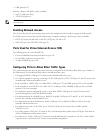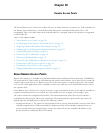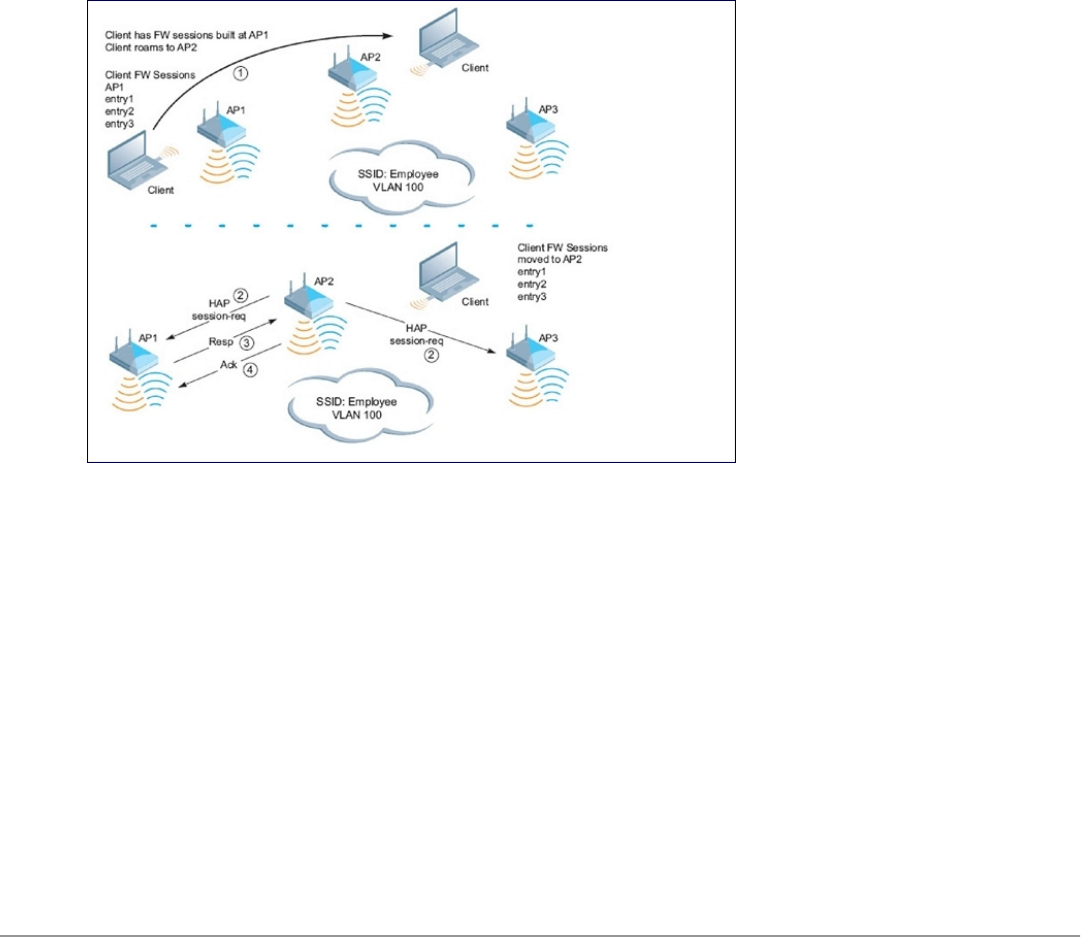
503 | IPMobility DellPowerConnectW-SeriesArubaOS6.2 | User Guide
Revocations
A home agent or foreign agent can send a registration revocation message, which revokes registration service for the
mobile client. For example, when a mobile client roams from one foreign agent to another, the home agent can send
a registration revocation message to the first foreign agent so that the foreign agent can free any resources held for
the client.
Understanding Bridge Mode Mobility Deployments
In bridge mode deployments, it is possible that more than one AP could be deployed in a single location. Therefore,
APs in bridge forwarding mode support firewall session synchronization, which allows clients to retain their current
session and IP address as they roam between different bridge mode APs on the same layer-2 network.
The bridge mode mobility feature facilitates client mobility on up to 32 layer-2 connected APs by allowing the APs
to communicate and share user state as the user roams from AP to AP. This mechanism is always enabled when an
AP is set to bridge mode, and it requires that all of the APs where roaming will occur be on the same Layer 2
segment.
Figure 157: Bridge Mode Mobility
The roaming process occurs as follows:
1. A client begins to roam from AP1 and starts an association with AP2.
2. AP2 sends a broadcast message to all APs on the local layer-2 network asking if any other AP has a current
session state for the roaming client.
3. Only AP1 responds to the broadcast, and sends the current session table of the client.
4. AP2 acknowledges the receipt of the session table.
5. AP1 deletes the session state of the client.
6. Roaming is complete.



